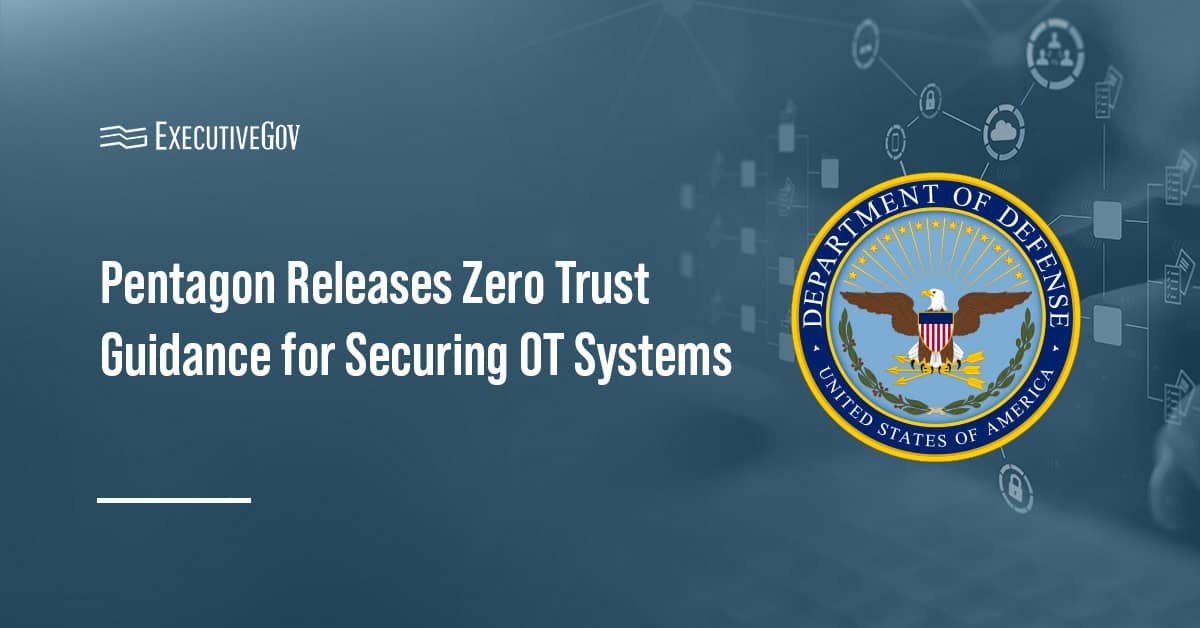
Acting Deputy Defense Secretary David Norquist confirmed the Pentagon has received the budget figure for fiscal year 2020 and a rollout remains on schedule for February, MilitaryTimes reported Wednesday.Â
Officials had expressed concerns that the Department of Defense might delay the release of its budget as the agency announced at end of 2018 that it had yet to receive a final figure. Norquist declined to reveal the exact budget for DoD.
\n\n
The agency originally requested a $733B defense top-line figure, which was initially denied and reduced to $700B by President Trump. However, in December, Trump agreed to increase the figure to $750B following a meeting with former Defense Secretary Jim Mattis and congressional defense leaders.





